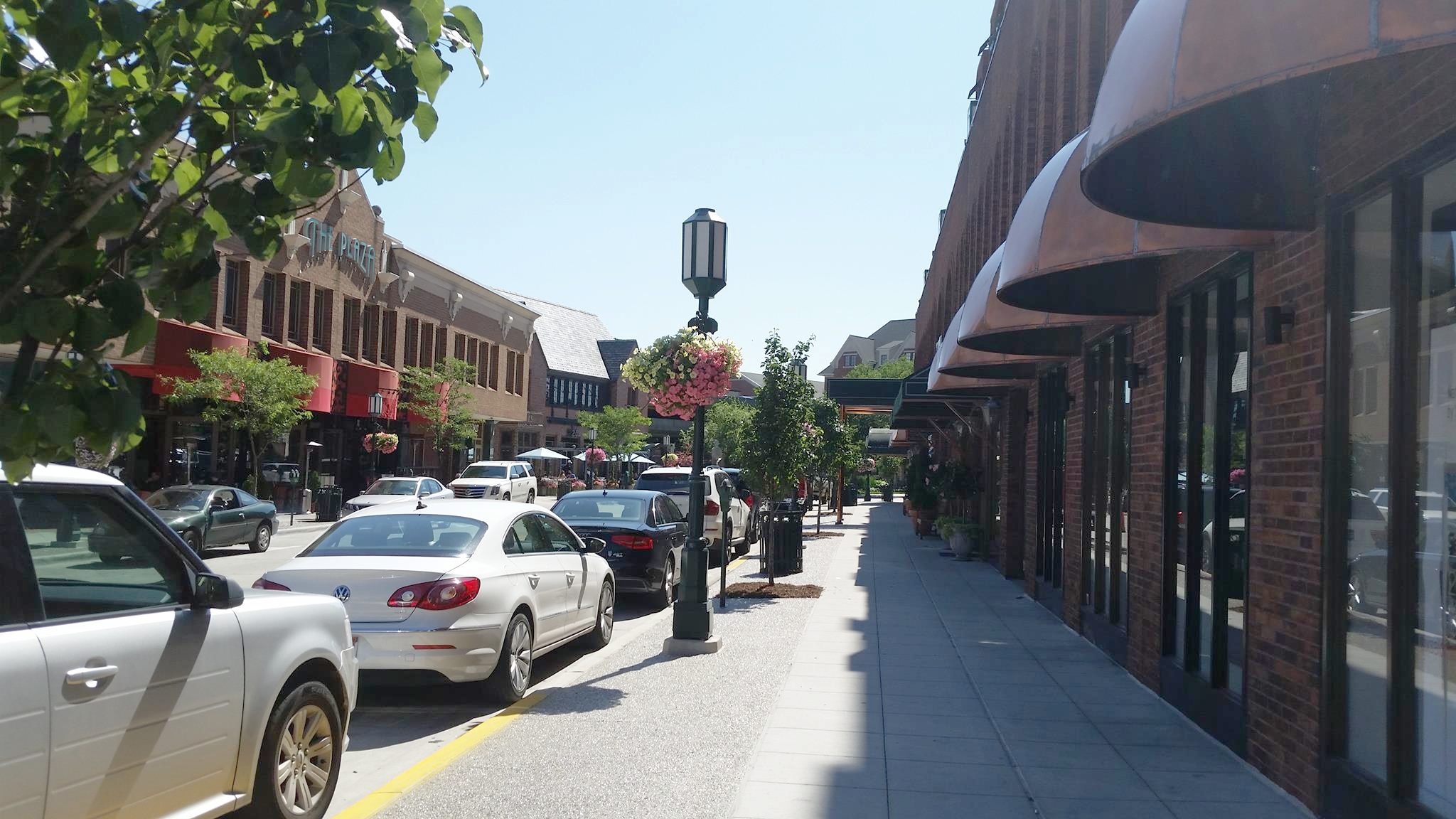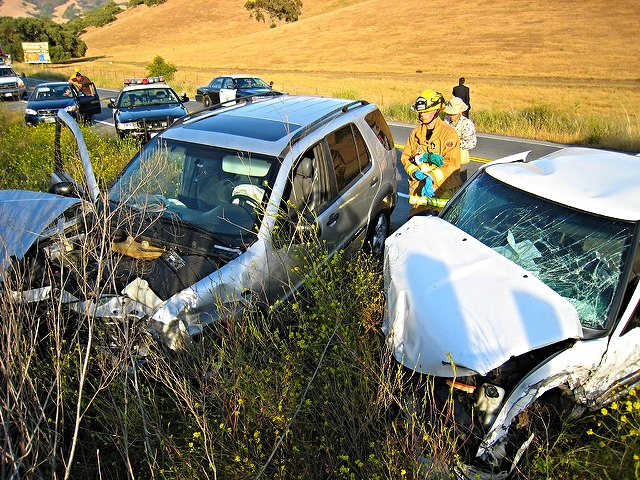A new report from research group TransitCenter suggests that amenities such as free Wi-Fi and comfy seats aren’t as important to riders as previously thought. The study concludes that people don’t care about the fancy features of public transportation, they don’t think that they convince more people to ride a bus, and funding would be more useful for other system improvements.
Wired reports that TransitCenter surveyed more than 3,000 online respondents from 17 regions across the country about the type of upgrades they would like to see on their daily commutes. These choices included free Wi-Fi, outlets, more frequent service, faster travel times, cheaper fares, robust shelters built for bad weather, and updates on when their bus would arrive. The survey showed that features such as outlets and Wi-Fi were the least important to commuters. This survey proved that customers favor reliability and practicality over technology upgrades and flashy amenities. Earlier this year, New York City’s Metropolitan Transportation Authority (MTA) was scorned by the public for adding Wi-Fi and USB charging ports to 75 new buses, which will cost between $2,000 and $3,000 per bus, The Wall Street Journal reported.
“Many of the young people using our system today grew up with a smartphone in one hand a tablet in the other,” MTA chairman and CEO Thomas Prendergrast said when the unveiling of the new technology systems were rolled out. “They’re demanding more Wi-Fi, more real-time information, more charging stations, connectivity, more apps, and more screens. They aren’t luxury items anymore.”
Steven Higashide, TransitCenter’s Senior Program Analyst believes transit officials may not make the best decisions on behalf of the commuters because they aren’t the ones that are riding the bus and subway everyday. “We’re really not trying to criticize agencies for providing Wi-Fi, but it won’t improve service,” Higashide explained. Aarian Marshall from Wired believes that it’s a zero sum game, and either luxury or reliability takes precedence. “The stakes are higher for US cities where transit ridership-especially on the unglamourous but highly useful bus-is stagnant or declining. It’s new buses or a more robust, concentrated network. It’s a shelter with a countdown clock or a new tree next to the bus stop,” Marshall wrote.
The Metro Detroit area is continuing to enhance the accessibility to public transportation for commuters so they can get to work or school on time. If you or somebody you know has been injured in an accident involving a public transportation vehicle such as a SMART Bus, call The Michigan Law Firm, PLLC. Our experienced attorneys will work alongside you to get you the help you need, so that you can focus on your recovery. Call us today, at 844.4MI.FIRM for a free consultation.









































